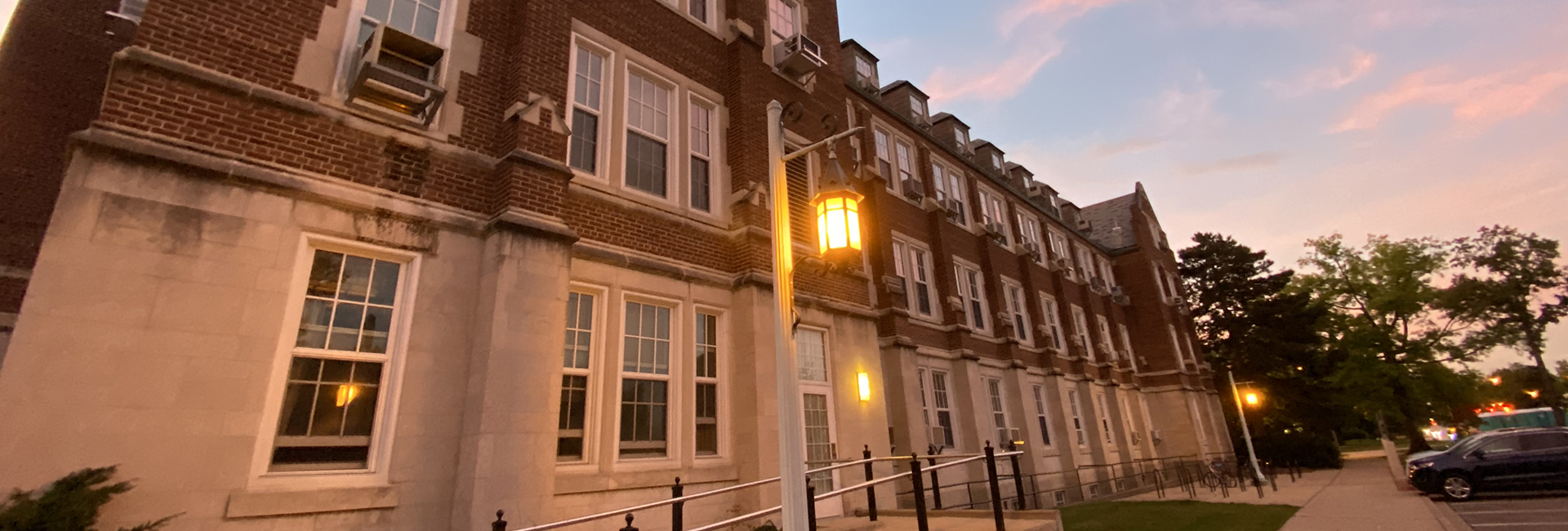MSU Drug Discovery Seminar - Neera Tewari-Singh, PhD
Therapeutic Targets to Counteract Skin Injuries From Vesicating Agents
Vesicating agent sulfur mustard (SM) is the most extensively used warfare agent in various conflicts since the World War I, and more recently in 2015, its use was reported in Syria. SM and nitrogen mustard (NM) are alkylating mustard vesicants that cause severe skin injury with delayed blistering. NM (mustragen), a strong alkylating and DNA damaging agent, is also used as a chemotherapeutic agent for the treatment of cancer, mainly, cutaneous T-cell lymphoma. Phosgene oxime (CX), an urticant or nettle agent grouped with vesicating agents, is the least studied but most potent vesicating agent that poses a threat of exposure; both, alone and with other vesicating agents. It causes more severe skin damage than other vesicants, owing to its highly reactive nature and instantaneous toxic effects. Stockpiled during World War II and found in large quantities inside a Lawton home in Oklahoma in March 2019, CX is a potent chemical weapon. Despite extensive research, there are no approved, effective, and targeted therapies against debilitating skin injury from exposure to mustard vesicating agents. Vesicating agents pose a potential threat to cause mass casualties alone or in combination, highlighting the need to understand their injury mechanisms, especially from CX exposure, and to develop targeted therapies. Our studies show that vesicating agents cause both DNA damage and oxidative stress leading to cell death and that mast cell degranulation following vesicant skin exposure could also lead to oxidative stress and inflammation. In addition, our current studies show reduction of inflammatory biomarkers in CX exposed mast cell knockout mice as compared to control group. Our current research objectives are to validate mast cells as key players and identify molecular targets and investigate whether blocking these targets will assist to mitigate mustards and CX-induced skin morbidity and mortality from their cutaneous exposure.
Date: Friday, April 15
Time: 9:00 AM
Location: Life Science B448 & Zoom
Zoom: https://msu.zoom.us/j/99829704233
Passcode: 839433
Recorded Seminar: https://youtu.be/57JedEF74SM


